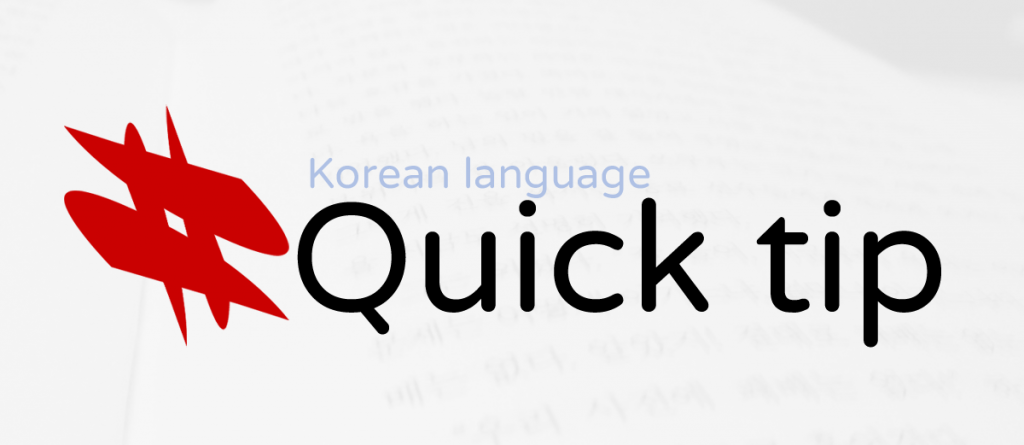Desire in Korean – Difference between 욕망, 욕구, 욕심

Don’t you just hate it when you learn a word and realize you already know another word to express the same thing, yet can’t tell the difference in nuance? Although not the most important thing, to master any language, one most learn to distinguish these differences in nuance. Sometimes, even native speakers can’t tell the difference. Other times, it’s as clear as a cloudless sky.
The word 욕 (慾) by itself means ‘desire’, but most often you’ll see it used with other hanja to form words like 욕구, 욕망 and 욕심. In a sense, these combinations all mean the same thing, but are still slightly different.
욕구
The neutral way to express ‘desire’ where you point at something concrete. But neutral is the key word here.
욕망
Can sound a bit negative compared to 욕구 because it means to desire something that you don’t have, or lack. It has a somewhat abstract meaning.
욕심
Has a negative connotation and translates fairly well to ‘greed’ and is pretty simple to distinguish from the other two. So why even list it with the other two? Well, 욕심 means to desire something too much and more than what’s sensible. So in Korean, it’s still somewhat close in meaning to the other two but for English speakers, it should be pretty easy to distinguish from the other two.
By Kimchi Cloud


